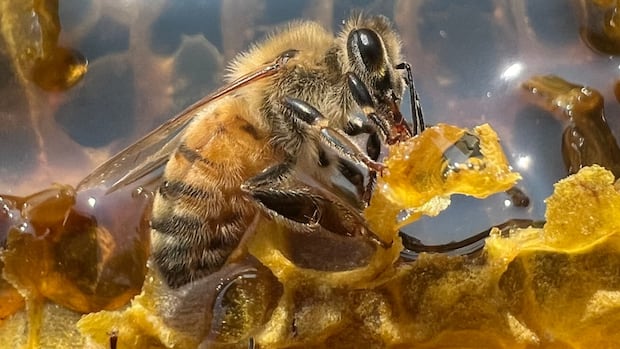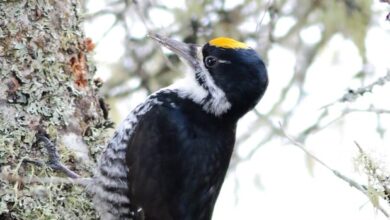Science isn’t just done in labs. Sometimes you need to get your hand dirty to learn

The image of a scientist in a white lab coat peering into a microscope is a common stereotype. However, there is a whole other side to scientific research that involves fieldwork and active observation in nature. Scientists armed with cameras, sound recorders, and other instruments venture out to study the subjects they are interested in.
This can include crawling under bushes to observe wild dogs in Africa, recording turtles communicating in a Canadian park, or using high-tech scanners to study ancient Incan mummies in Peru. These fieldwork adventures can come with unexpected surprises, like discovering unexploded bombs while testing drones in Ottawa.
While some may question the relevance of studying topics like the sex lives of insects, all scientific investigations aim to understand the fundamental workings of nature. As naturalist John Muir famously said, “When one tugs at a single thing in nature, he finds it attached to the rest of the world.” Science helps us uncover the intricate connections in the ecosystem that sustains life on Earth.
Astronomers take this exploration to a grander scale, studying the vast universe with billions of galaxies and stars. Despite facing challenges like climate change and species extinction, science remains the key to finding sustainable solutions. A scientifically literate society is crucial for making informed decisions to address these pressing issues.
For 50 years, Quirks & Quarks has been sharing scientific advances and discoveries with the public. As we celebrate our 50th birthday, we look forward to highlighting new discoveries in various fields of science. From dark matter to the origins of life, there is still much to learn about the universe. Quirks & Quarks will continue to bring you the latest insights and developments in the world of science.




